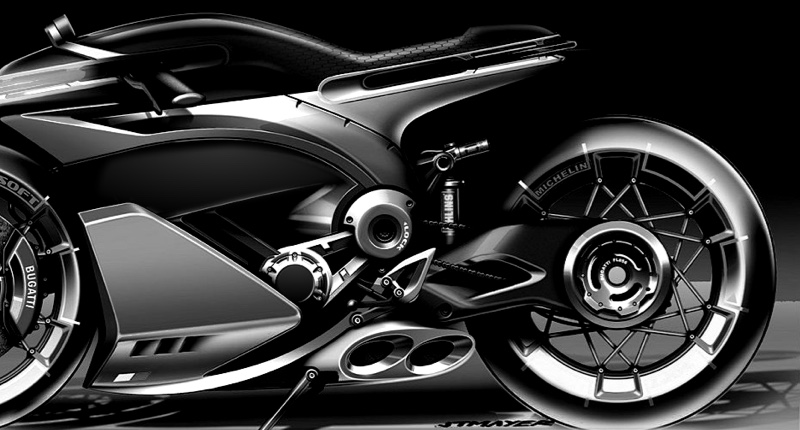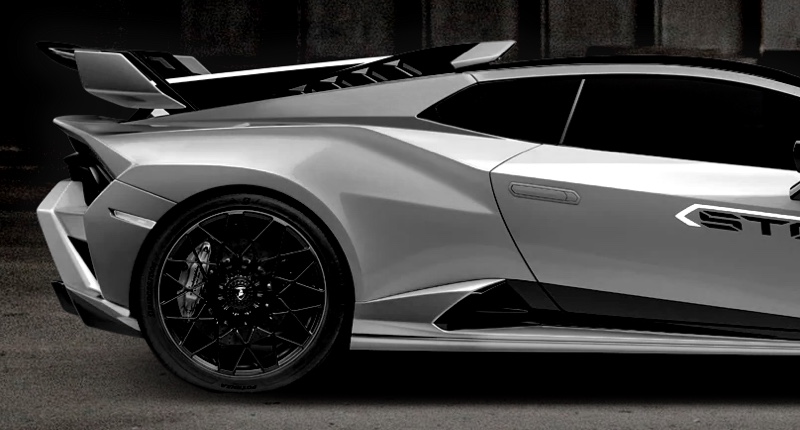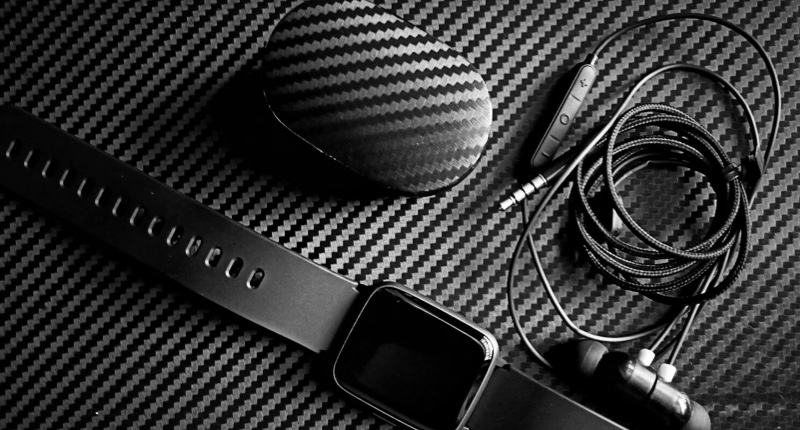Exploring Carbon Fiber in Automotive | Supreem Carbon
- The Growing Role of Carbon Fiber in Automotive
- What is Carbon Fiber and Why is it Used in Automotive Manufacturing?
- How Does Carbon Fiber Improve Vehicle Performance?
- What Are the Advantages and Disadvantages of Using Carbon Fiber in Cars?
- What Cars Use Carbon Fiber?
- What is the Future of Carbon Fiber in the Automotive Industry?
The Growing Role of Carbon Fiber in Automotive
The automotive industry is continuously evolving, prioritizing innovation and efficiency. A standout material contributing to these advancements is carbon fiber. Understanding its application in automotive design and engineering is crucial for anyone interested in the future of vehicles.
What is Carbon Fiber and Why is it Used in Automotive Manufacturing?
Carbon fiber is a lightweight, yet incredibly strong material made of thin, strong crystalline filaments of carbon. When bundled together, these fibers can be woven into a fabric or combined with other materials, making them ideal for a variety of applications, particularly in the automotive sector.
The primary reasons for using carbon fiber in automotive manufacturing include its high strength-to-weight ratio and durability. These properties are vital for enhancing vehicle performance, fuel efficiency, and safety standards while maintaining structural integrity.
How Does Carbon Fiber Improve Vehicle Performance?
Carbon fiber's role in improving vehicle performance cannot be overstated. Its lightweight nature contributes to faster acceleration, improved handling, and increased fuel efficiency. By replacing traditional materials like steel and aluminum with carbon fiber, manufacturers can produce cars that are not only quicker but also have better agility and responsiveness.
The material's stiffness also plays a critical role in enhancing aerodynamic efficiency and reducing body roll, which is pivotal for high-performance sports cars and racing vehicles.
What Are the Advantages and Disadvantages of Using Carbon Fiber in Cars?
Advantages:
- Lightweight: Reduces the overall weight of the vehicle, leading to better fuel economy.
- Strength and Durability: High tensile strength ensures safety and longevity.
- Corrosion Resistance: Long-term structural integrity is maintained.
- Aesthetic Appeal: Offers a modern, sleek look, popular in contemporary car designs.
Disadvantages:
- Cost: Carbon fiber is expensive to produce, which can increase the overall cost of the vehicle.
- Repair Complexity: Damage often requires specialized repair techniques.
- Recycling Challenges: Currently, the process of recycling carbon fiber is complex and costly.
What Cars Use Carbon Fiber?
Many high-end and performance vehicles utilize carbon fiber to leverage its benefits. Brands like BMW, Audi, and Lamborghini incorporate carbon fiber extensively in the design of certain models, particularly within their sports cars and luxury segments.
For example, the BMW i3 utilizes carbon fiber in its body to enhance efficiency and range, while Lamborghini uses it extensively in models like the Aventador for performance gains.
What is the Future of Carbon Fiber in the Automotive Industry?
As the automotive industry continues to prioritize sustainability and efficiency, the application of carbon fiber is likely to expand. Research and development are focused on reducing production costs and improving recycling techniques, which could make carbon fiber more accessible for mass-market vehicles in the future.
Moreover, with the rise of electric vehicles (EVs), there is an increasing demand for lightweight materials to improve the range and performance of EVs. Carbon fiber is set to play a key role in this transition, making it a pivotal element in the evolution of automotive design and engineering.
In conclusion, carbon fiber is revolutionizing the automotive industry by enabling the production of vehicles that are not only high-performing but also efficient and sustainable. As advancements in technology continue, carbon fiber's role is expected to become even more prominent in addressing the automotive challenges of tomorrow.
By integrating insights into current applications and future possibilities, this exploration of carbon fiber highlights its transformative impact on the automotive industry.
Who Makes Custom Carbon Fiber Hoods? | Supreem Carbon
Best professional carbon fiber motorcycle helmet manufacturers and supplier brands
Custom carbon fiber l-shaped gaming table Manufacturers and Suppliers
Enhance Your Project Car with Custom Carbon Parts
For Products
How can I get some sample?
Actually we dont provide the free sample to customer, you can place a sample order if need some parts.
For Facotry
When is Supreem carbon founded?
Our company formally established in early 2017.
For Carbon Fiber Material
What are the advantages of carbon fiber?
High Strength-to-Weight Ratio
It is stronger than many traditional materials, such as steel and aluminum.This high strength-to-weight ratio allows for the creation of lightweight components that maintain structural integrity and durability.
Lightweight
One of the most significant advantages of carbon fiber is its low density, contributing to lightweight structures. This property is particularly crucial in industries where weight reduction is a priority, such as aerospace, automotive, and sports equipment.
Resistant to corrosion and chemicals
Carbon fiber is inherently resistant to corrosion, making it an ideal material for applications exposed to harsh environments or corrosive substances. This property contributes to the longevity of components and reduces maintenance requirements. Carbon fiber has good chemical resistance, making it suitable for use in environments where exposure to chemicals or harsh solvents is a concern. This resistance enhances the material's durability in various industrial settings.
Tolerant of high temperature
Carbon fiber exhibits excellent thermal stability and resistance to high temperatures. This makes it suitable for applications where components are exposed to elevated temperatures, such as in the aerospace and automotive industries.
Low thermal expansion
Carbon fiber has a low coefficient of thermal expansion, meaning it expands or contracts minimally with changes in temperature. This property contributes to dimensional stability, making carbon fiber components reliable in varying temperature conditions.
Aesthetic Appeal
Carbon fiber has a modern and high-tech appearance, contributing to its aesthetic appeal. This property is leveraged in consumer goods, automotive components, and sporting equipment where visual appeal is important.
For Customized Service
What can be customized in addition to customized carbon fiber parts?
You can customize your company logo, packaging, even the color of coating and so on.
For After-sales Service
How can I cancel the order?
We may only cancel your order if it has not been fulfilled yet. We would be more than happy to assist you with any adjustments if you'd wish instead!

Yamaha R1 Carbon Fiber Side Fairings
Introducing the Supreem Carbon Fiber Long Side Panels for Yamaha R1. Crafted with precision and expertise, this front side fairing is designed to elevate the performance and aesthetics of your R1. Made from high-quality carbon fiber, this fairing is not only lightweight but also incredibly durable, providing optimal protection for your motorcycle.

Yamaha R1 Carbon Fiber Airbox Tank Cover
The Supreem Carbon Yamaha R1 Carbon Fiber Airbox Tank Cover provides lightweight, durable protection with a sleek finish. Designed for R1 models, it enhances the style and performance of your bike. Its lightweight structure improves performance while maintaining the premium aesthetics necessary for high-end modification projects. As a dedicated manufacturer of carbon fiber parts, we provide stable production capacity, customization options, and strict quality control to support enterprise-level procurement and OEM/ODM needs.

Carbon Fiber Rear Seat Panel for BMW S1000R & M1000RR – Lightweight Performance
This carbon fiber rear seat panel is engineered for the BMW S1000R and M1000RR, offering superior rigidity, reduced weight, and a premium racing finish. Produced with autoclave technology and strict QC standards, the part ensures consistent OEM-level fitment. Supreem Carbon provides wholesale supply, stable bulk production, and customized solutions for global clients.

High-Performance Carbon Fiber Rear Undertail for BMW S1000R
Engineered for distributors, tuning brands, and motorcycle accessory businesses, the BMW S1000R Carbon Fiber Rear Undertail is a high-quality, durable, lightweight carbon fiber upgrade for the S1000R platform. This component is manufactured using aerospace-grade carbon fiber and precision molds to deliver superior stiffness, a seamless OEM-level fit, and a premium visual finish suitable for high-end aftermarket applications.
© 2024 Supreem Carbon All Rights Reserved.





Facebook
Pinterest
LinkedIn
Instagram